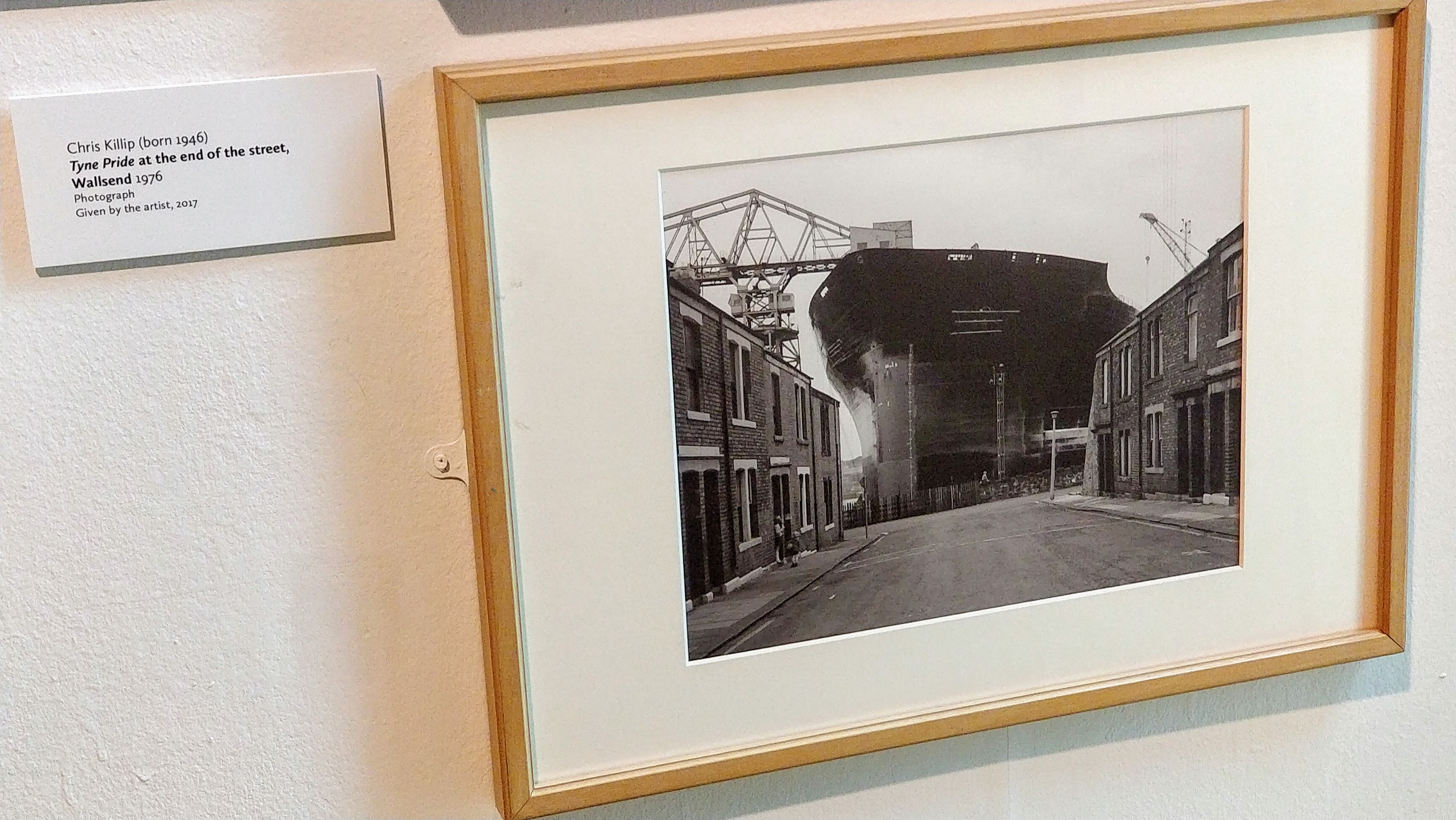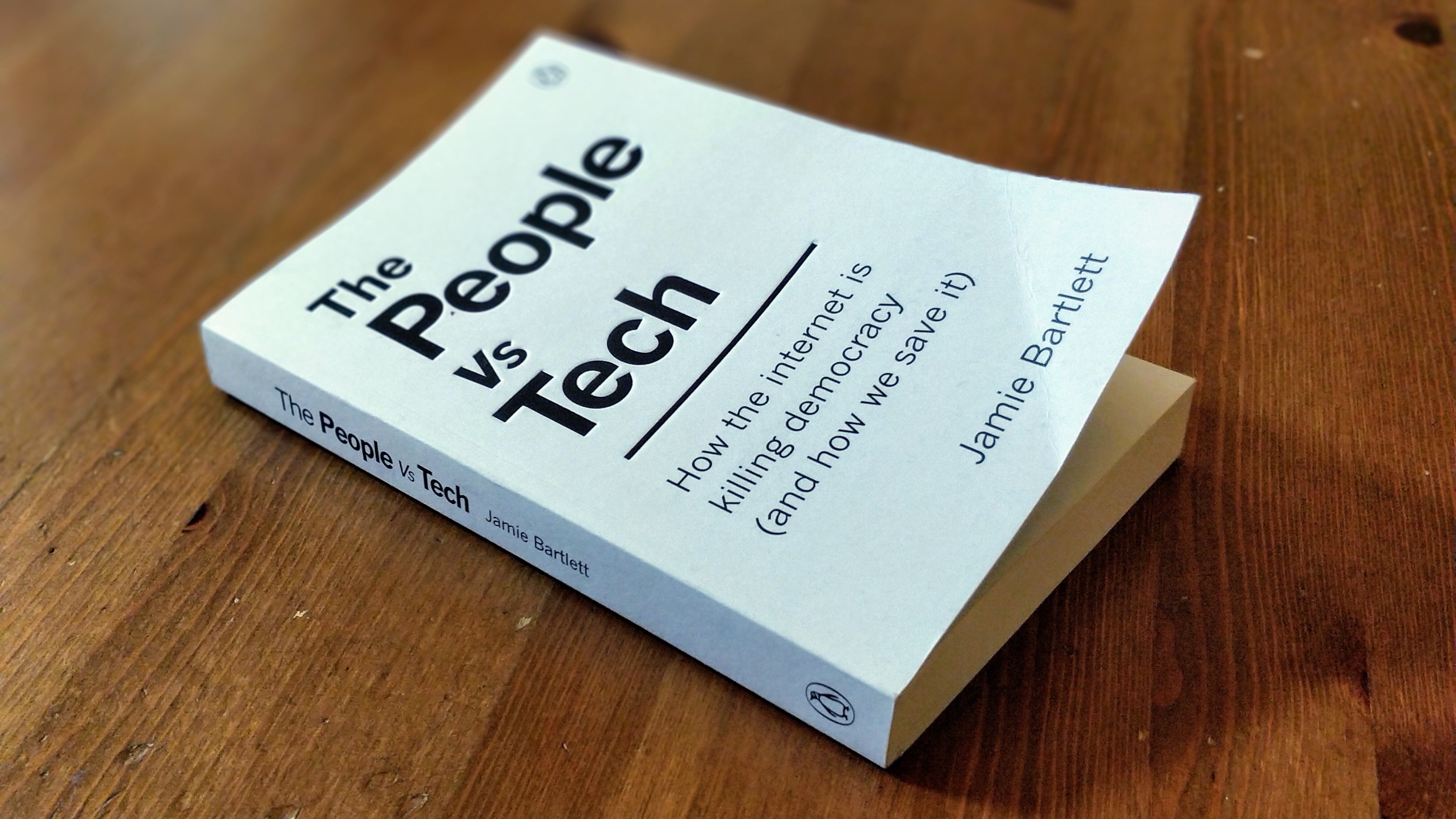Weeknote 22/2019
I don’t know why I don’t just book time off every half-term. Unlike the summer holidays, where the kids get into a rhythm of entertaining themselves, as a parent you always feel ‘on-call’ when they have just one week off school.
Thankfully, my wife was around, but I felt like my work was an inconvenience to family life this week. And, after all, why do we work? Part of it is to have the money to spend time with your family doing fun things. I don’t feel like I enjoyed the fruits of my labour this week.
There were good reasons why I didn’t book holidays this week, though. One of them was because it was Product Management Planning Week at Moodle. These have been a bit sporadic since their inception just after I joined the organisation at the start of last year. So it was good that I got to spend some time, albeit virtually, with fellow Product Managers.
In terms of MoodleNet, the product whose development I’m overseeing, this has been the second week for Karen and James, our new backend developers. They’re getting into the swing of things and it’s good to see so much conversation happening between them and Mayel, our Technical Architect, on team Telegram channels! I’ve also been spending some time with Ivan, our designer and front-end developer, about taking MoodleNet in a different direction in terms of user interface.
Back on the home fromt, my wife’s sister and family were up last weekend. They’re so much more chilled-out than our family, which tends to schedule all the things and treat everything as a competition. Sometimes you need a welcome encouragement just to relax.
Other than that, it’s been good to see support come in via Open Collective for We Are Open community projects like Badge Wiki. We’re planning to launch a forum soon for the discussion of badges, among other things. This will go under the umbrella of our ‘Learning Fractal’ sub-brand, which we’re currently using only for our newsletter.
Finally, I took the opportunity of some spare hours on Friday while my son was at trials for the Newcastle Eagles academy to go to the Laing Art Gallery. I’ve been trying to carve out time to see Chris Killip‘s photos of the decline of shipbuilding on the Tyne since reading about the exhibition in The Guardian earlier this year. The photos are amazing and the story is a sad but evocative one.
Next week, I’m getting back into the regime of taking Fridays as my non-Moodle day. I’ll miss having my week split in two, but on the other hand it should give me more scope to get up some mountains and get 20 Quality Mountain Days under my belt!



